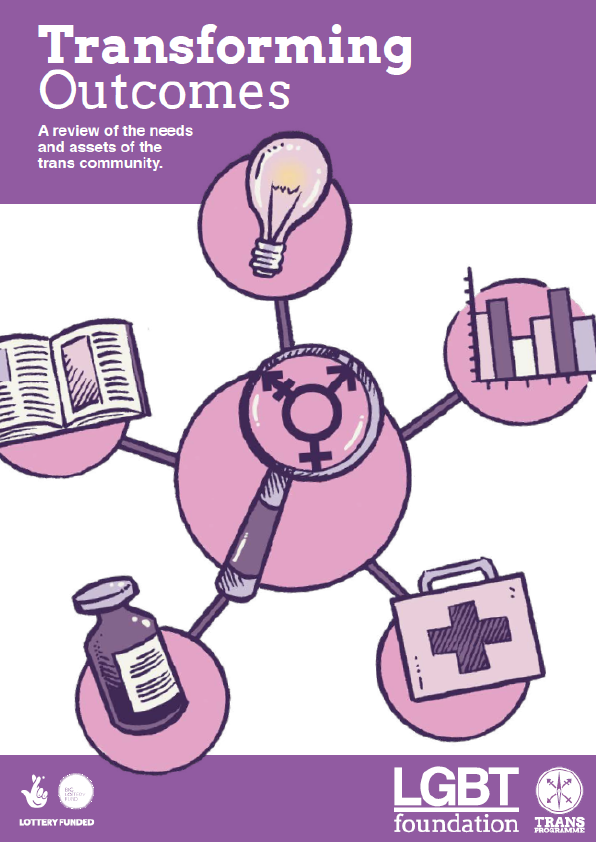This text covers the basic concepts of communication as they might be taught in a hybrid introductory communication course. The text is kept lean, so faculty could adapt and supplement according to their own preferences. The text also made it flexible by using a structure of modules with sections within them, so faculty could select the parts and the order they want.
When registering for an “Introduction to Communication” class, most may wonder, “Is this just a public speaking class?” While certainly part of the field of Communication Studies, public speaking is only one of the many areas we address. A better way to consider the field of Communication Studies is to think of it as the study of oral and aural communication. We look not only at the classic public speaking setting, we also consider how we use oral communication (speaking) and aural communication (listening) to interact with those around us, to build relationships, to satisfy our own personal needs, to exchange information, to persuade others, and to work collaboratively in groups. Public speaking is but one facet of a much larger field.
Studying communication enhances our soft skills. As we prepare for a career, we are developing two sets of skills: hard skills and soft skills. Hard skills are specific to our fields, such as an accountant who needs to know how to handle credits and debits; a nurse who needs to know human anatomy and how to take a blood pressure reading; or a police officer who needs to know the law and how to use physical force appropriately and judiciously.
The Communication Settings Interpersonal Communication Interpersonal Communication is “The complex process through which people produce, interpret, and coordinate messages to create shared meanings, achieve social goals, manage their personal identities, and carry out their relationships” (Verderber, 2016). This is the everyday communication we engage in with our friends, loved ones, work colleagues, or others we encounter. Although we tend to assume this is “one-with-one,” it can be among several. So, when at a party, we are engaging in interpersonal communication with quite a few people.
We do not engage in interpersonal communication with only those we already know. Communication with anyone is an interpersonal encounter, regardless of any prior relationship. Since a range of relationship types exists, talking with a significant other is interpersonal communication, but so, too, is placing an order at McDonalds with a server, who is a stranger.
To understand why we are so driven to engage in interpersonal communication, it is important to first understand the most fundamental drive of communication: to reduce uncertainty. Humans are unique animals in that we can engage in abstract thought, taking in the world around us and converting it to mental images. As far as we know, all other animals live in a world of stimulus response. They react instinctively to whatever is around them at the moment. If we startle a deer while walking in the woods, it will run regardless of our intent; it does not stop to think about whether we are a threat or not, it just acts.











